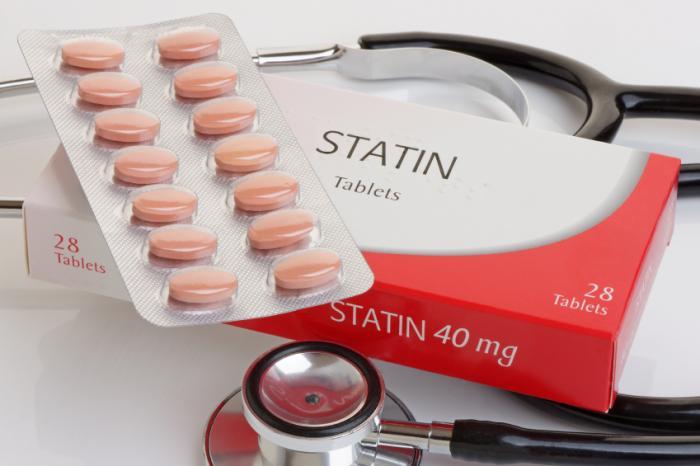
Statins are quite beneficial to children and adolescents with familial hypercholesterolemia (FH), producing reductions in total cholesterol (TC), low-density lipoprotein cholesterol (LDL-C) triglycerides, apolipoprotein B (apo-B) levels, while increasing the concentration of good cholesterol, according to the results of a meta-analysis.
Researchers pooled data from 10 relevant randomized controlled trials, contributing to a total population of 1,191 paediatric FH patients (mean age, 13.3 years; mean body mass index, 20.3 kg/m2). The studies were conducted in Netherlands (n=3), US (n=1), Japan (n=1), and Canada (n=1), with three being multicentre studies. Follow-up duration ranged from 6 to 96 weeks.
Types and doses of statin used were as follows: lovastatin 10–40 mg/day (n=2), pravastatin 10–40 mg (n=2), simvastatin 10–40 mg (n=2), and pitavastatin 1–4 mg (n=2), atorvastatin 10–20 mg (n=1), and rosuvastatin 5–20 mg/day (n=1).
Random effects models showed that compared with placebo, statin use reduced TC by 25.5 percent (95 percent confidence interval [CI], −30.4 to −20.5; I2, 91 percent), LDL-C by 33.8 percent (95 percent CI, −40.1 to −27.4; I2, 90 percent), triglycerides by 8.4 percent (95 percent CI, −14.8 to −2.03; I2, 26 percent), and apo-B by 28.8 percent (95 percent CI, −33.9 to −23.6; I2, 83 percent).
Meanwhile, HDL-C increased by 3.1 percent (95 percent CI, 1.1−5.2; I2, 0 percent).
Statins were well-tolerated. There were no significant between-treatment differences seen in transaminase and creatine kinase levels or other adverse effects. More importantly, statins had no detrimental effect on growth or sexual development.
More studies with longer duration in children are needed to directly compare different doses and types of statins, as well as to assess the effect of such treatment on the risk of cardiovascular disease, according to the researchers.